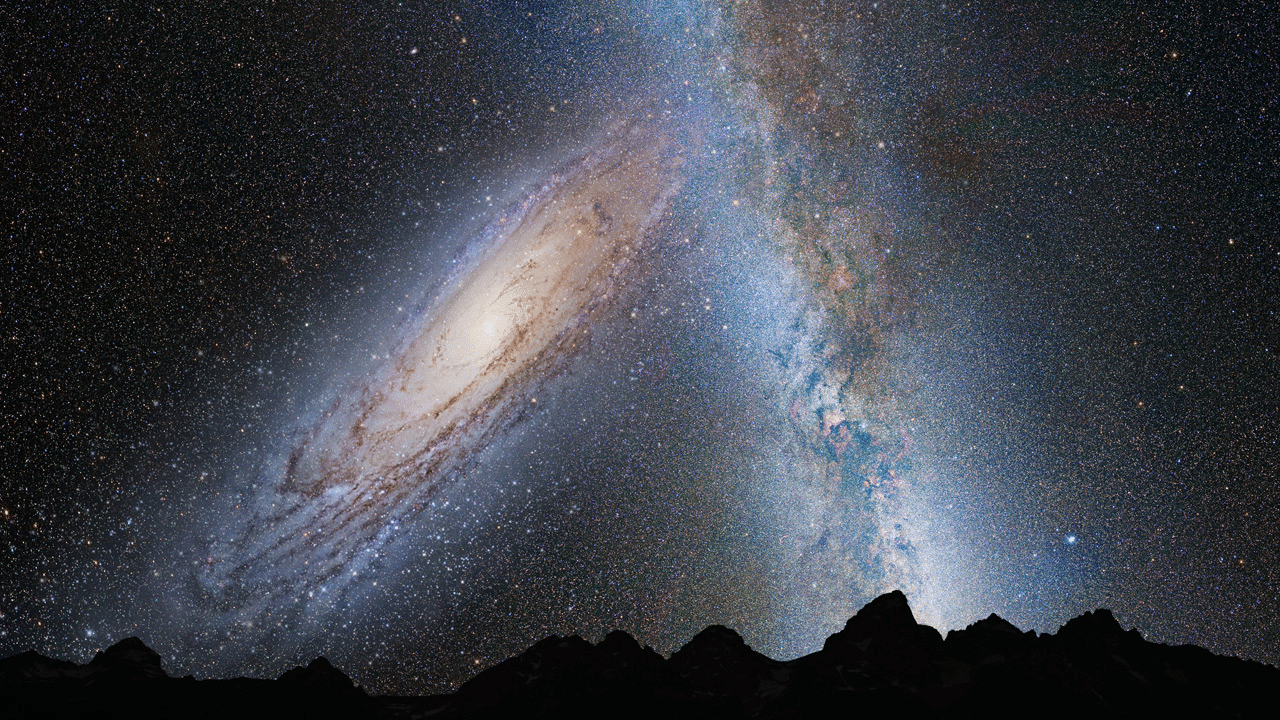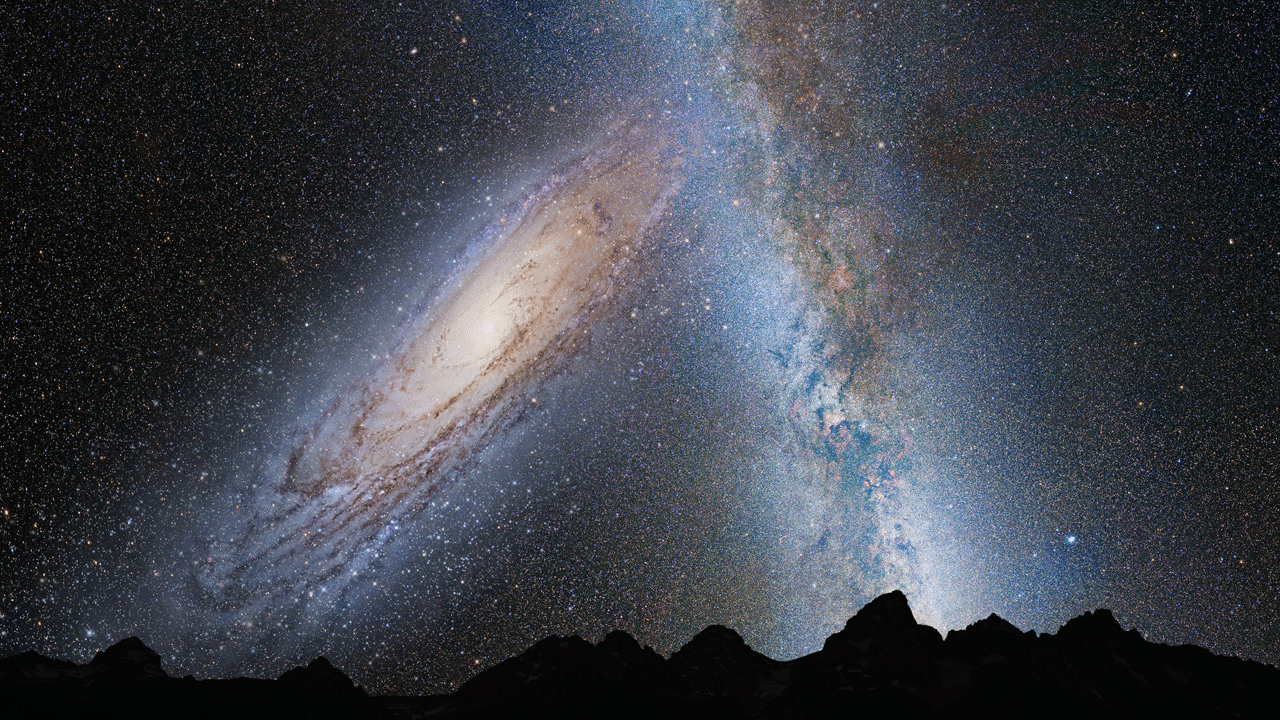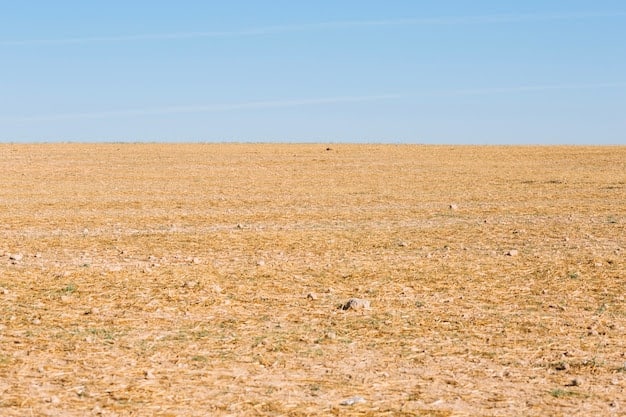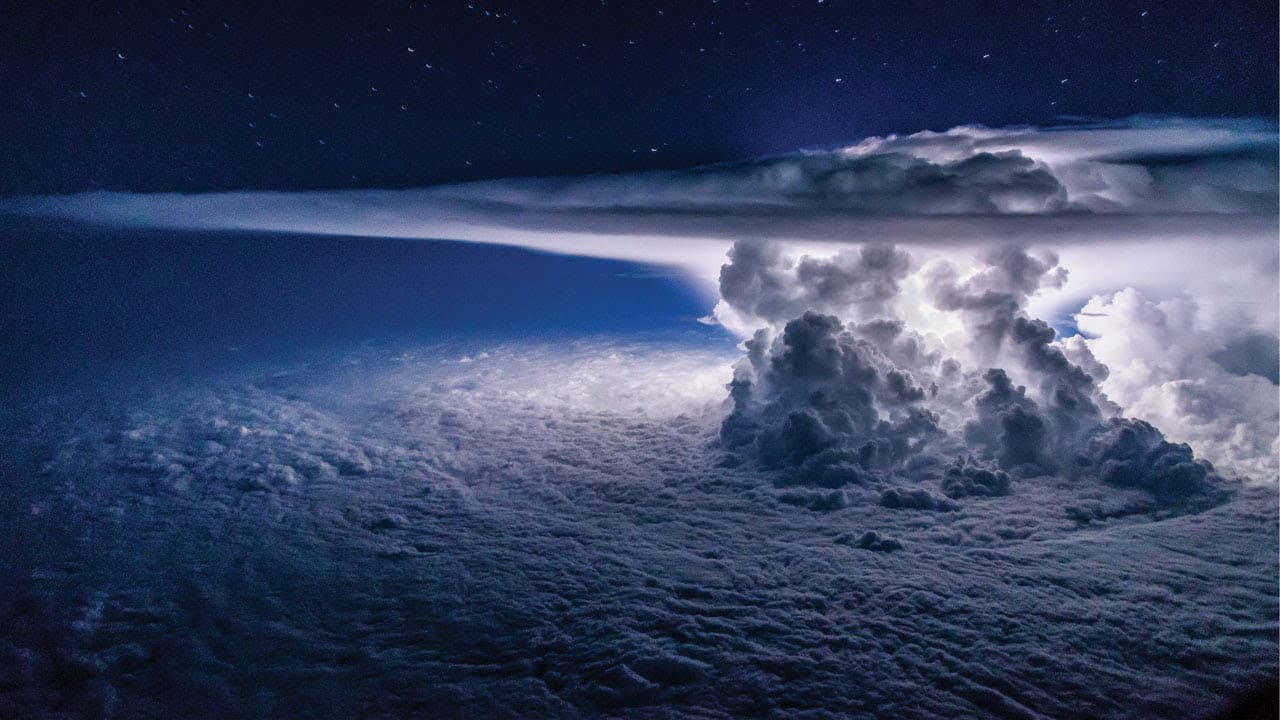
Does no one know the future? In any case, it is gravity that determines it.
Our Milky Way galaxy is scheduled to hit our nearest large neighbour, the Andromeda galaxy, in about five billion years.
There is a strong chance that this collision will occur, and thanks to powerful new telescopes, we can even get a glimpse of it by studying mergers in other galaxies.
In our cover story this month, astronomers Aaron S. Evans of the University of Virginia and Lee Armus of the California Institute of Technology predict how our two galaxies will become one, creating new star-forming regions and crushing their central black holes in a gravitational wave explosion.
We won’t be around to watch, but we will have a great view of other galaxy collisions (including a triple merger!) if the James Webb Space Telescope (JWST, which some astronomers call the Just Wonderful Space Telescope to emphasize space rather than the former NASA administrator) is successfully launched in the coming weeks or months.

It is quite possible that the Sun will be a red giant ball by the time we merge with Andromeda, engulfing Mercury and Venus, and then the Earth, when it will reach a diameter as large as Earth’s current orbit. But the sun may cause us a lot of trouble long before then, as space journalist Jonathan O’Callaghan explains.
You may have heard of the Carrington Event, a massive geomagnetic storm that fried telegraph lines in 1859. That storm and a similar solar flare that occurred in 1921 were curiosities at the time, but they are now recognized as warnings that a solar flare could cause catastrophic fires and collapses in our electrical infrastructure and satellite networks.
That would be bad, but it could be worse: In 2012, scientists discovered a solar flare from the year 775 that was 10 or 100 times more energetic. Now, researchers looking for strange isotopes in ice cores have found evidence of two more superflares, dating to 5259 and 7176 BCE. Someday, it will happen again, and we are not yet ready.




